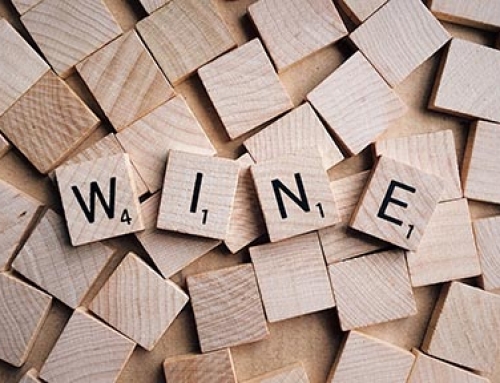Whether you’re thinking of investing your retirement funds in wine or just have more wine around the house then you plan to drink in the next month, how to store your wine is going to be a concern. As we all know, wine needs special care and handling if it’s going to be hanging around the house for awhile, but it doesn’t have to be a complicated issue.
A point to keep in mind before you start building your wine cellar is that many wines made today are meant to be consumed today (or at least in the near future). With few exceptions, inexpensive wines ($5-15 a bottle) should be purchased for consumption, not long term storage. These are your everyday wines. Once you get into more age worthy wines, like Bordeaux and Barolo, you have an opportunity to purchase the wines young (and when they are cheapest) and save them until they are at their peak (often at least 10 years after the vintage). Storing these wines correctly will give you a cellar full of great special occasion wines.
You can build a cellar space by insulating a closet or space under a stairwell. In Michigan, we are usually fortunate enough to have a basement or crawl space that can be used for wine storage if consistent humidity and temperatures can be maintained.
Temperature is the most important consideration in wine storage. The ideal temperature for storing wine is 50°F to 55°F. However, any constant temperature within 40-65°F will do. More important than the actual temperature is the degree and rapidity of temperature fluctuations. A slow change of ten degrees or so from winter to summer is not a big problem, but a daily or weekly fluctuation of that type will cause damage to your wines and age them prematurely. Wines kept at a warmer temperature will age quicker than those kept at a cooler temperature. In theory, wines kept at 68°F will age twice as fast as those kept at 50°F. Wines kept at 55°F will age so slowly, and with such complexity, that you will not have to worry about them. That doesn’t mean the colder the better – wines kept at too cold a temperature will develop deposits and other problems.
Light and humidity are also critical. Strong light will damage wine, especially white wine in clear bottles. Very dry storage conditions will cause corks to dry out and allow air to enter the bottle. Relative humidity of 50-80% is acceptable, with 70% being ideal. Excessive humidity will not harm the wine, but will cause the labels to to rot.
Finally, quiet is important. Believe it or not, wines don’t like noise. Constant vibration from machinery or traffic disturbs red wine’s sediment and can be harmful to the wine. Wines should also be stored so you don’t have to move them around much. Once a wine is laid down, it should stay put until it is opened.
And speaking of laying your wine down. You should purchase a wine rack that allows you to store your wine on it’s side – never straight up. You can buy a basic wine rack or a temperature controlled unit to hold hundreds of bottles. Either way, you should store your wine on it’s side and leave it there until you’re ready to drink. In order to do that, you’ll need to keep some records. You can keep a notebook or spreadsheet listing each wine and the location (bin number) in your wine rack. This book might also contain space for tasting notes or notes from the winemaker, etc. That way you won’t have to pick the bottle up to see what it is.
Storing and investing in wine can be fun, and profitable if done correctly. The DWO’s Detroit Uncorked event on October 1 will give you an opportunity to taste 800 wines from around the world before you buy. What better opportunity to get to know what you like before you invest. Tickets are on sale now – see below – and Happy Wine Collecting!


Leave A Comment